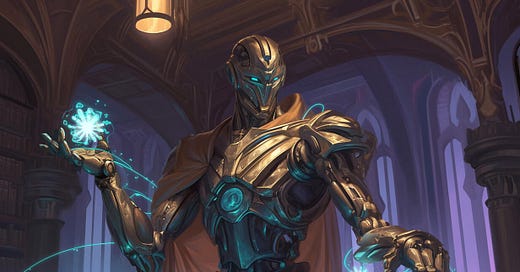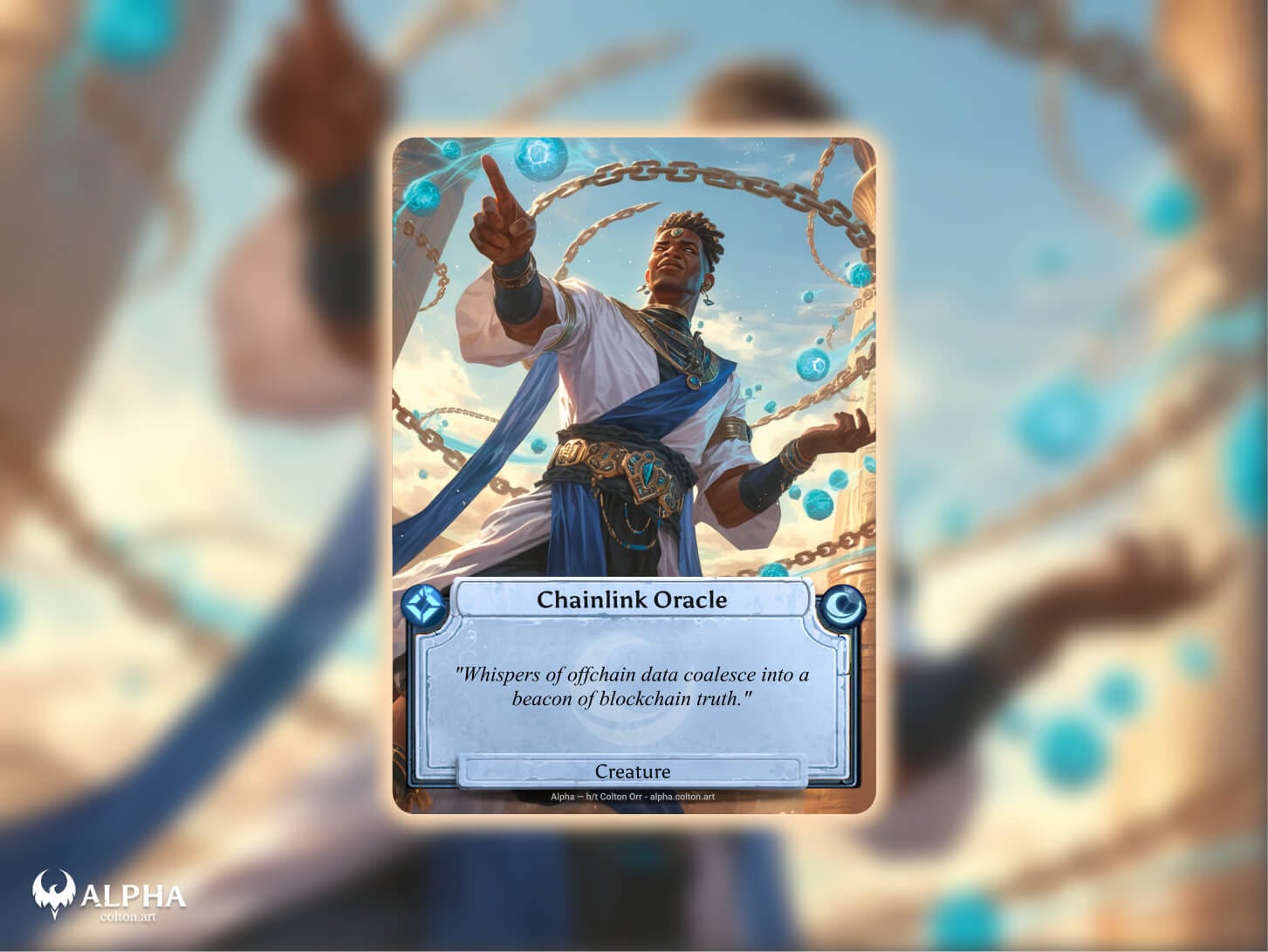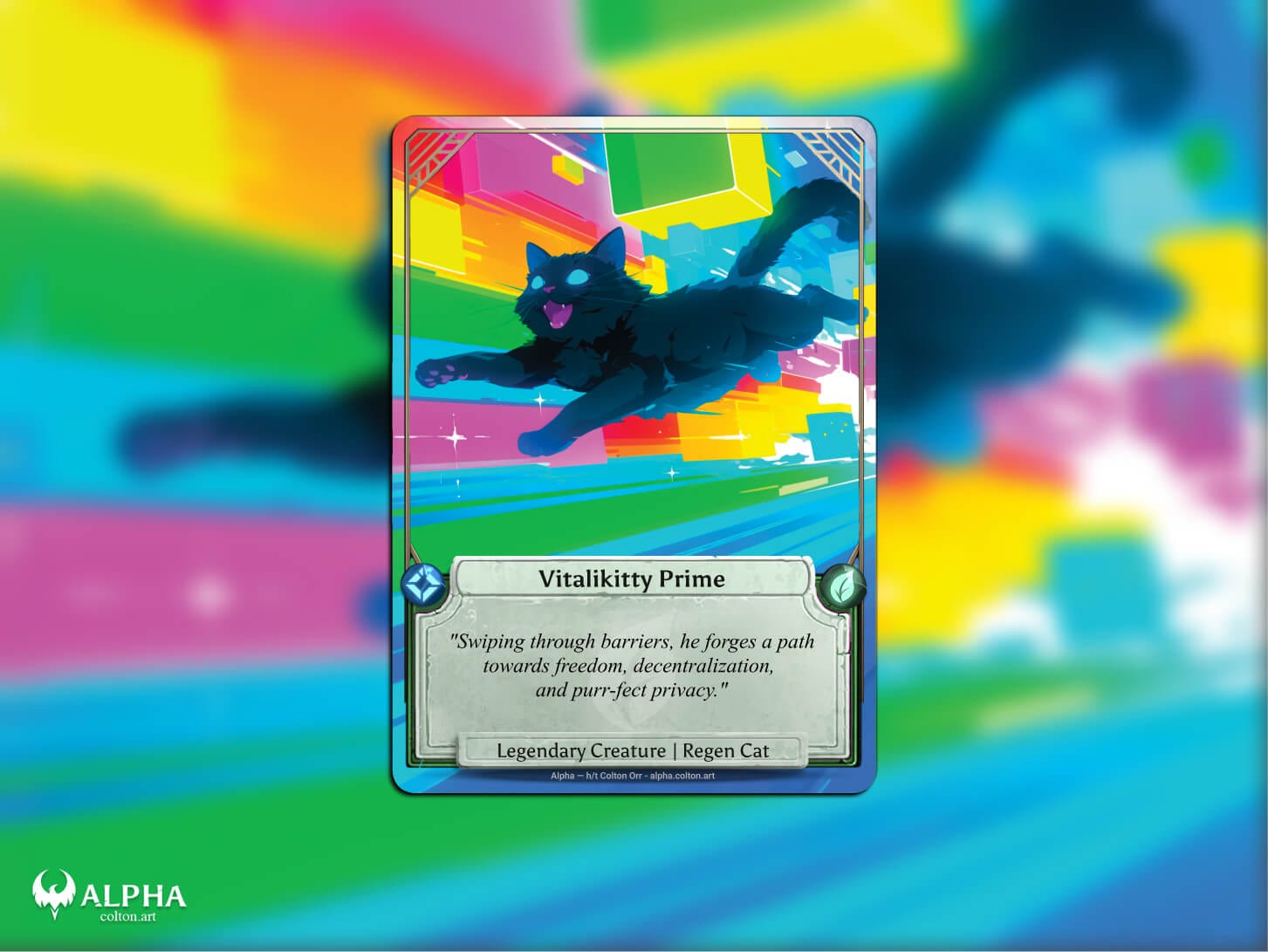TCG Log #7 - How I Learned to Code and Build Games in One Month
From Artist to Indie Game Dev—My Journey into the Creative Renaissance
A month ago, I was terrified of coding. I’m an artist—I paint, sculpt digitally, and spent two years creating AceTCG, a physical trading card game. I had a myth in my mind: since I wasn't good at math, I wasn't meant to program.
A month ago, that myth was busted in the best possible way (read the story here).
Swimming in the Digital Ocean
I discovered coding isn’t just math—it’s about creativity and problem-solving. And with AI superpowers, I could finally start building. I felt like someone afraid of water who suddenly finds themselves swimming confidently in a sea of limitless possibilities. Everywhere I looked, I saw beautiful coral-like building blocks that I could weave together in elegant new patterns.
After my initiation with Replit Agent, I had to ask, "Could I solo-dev the digital TCG I'd been dreaming about for years?" I dove into Unity and started learning C# as fast as I could. It felt overwhelming—every thrilling breakthrough came with exhausting setbacks.
Dreams of Scriptable Objects
I became so immersed that I started dreaming about code every night.
Just last night, my Unity project came alive. My scripts became real people, and I had to pull off an Ocean's Eleven-style heist to rescue a captured Null Reference Exception trapped deep within. It was bizarre and surprisingly emotional—but I woke up smiling, amazed at how beautifully obsessed I'd become with the project.
I Almost Quit...
Initially, I followed Unity tutorials and tried using Cursor to build the TCG. But Cursor's hallucinations were frequent, and my nascent C# skills weren’t strong enough—feeling discouraged, I gave up after a week.
After stepping away for a few days, I returned with a clearer plan. I built a detailed mental map in Obsidian, understanding how game clients, servers, and scripts interacted.
Using Google's Notebook LM and Claude 3.7 as my "lead developers," I quickly found myself solving problems that previously felt impossible. Progress accelerated dramatically. However, challenges remained—I spent two full days architecting the Ace Shield mechanic with no results. On day three, a new approach produced elegant, working code within an hour.
The big lesson? Let AI quickly prototype multiple solutions. Instead of endlessly iterating on one idea, pivot quickly when you hit resistance. Interestingly, even during slow progress, I found myself surprisingly not frustrated—I loved the process itself.
My Indie Dev Toolkit
Unity: Game engine. Check out Godot for the up-and-coming opensource alternative.
Cursor + Claude 3.7 Thinking: IDE (also check out Windsurf as an alternative)
Google Notebook LM: Documentation wizard, essential for parsing scripts and avoiding hallucinations (also, its podcast feature is incredibly fun for creative projects)
Obsidian: Mental mapping, business organization, and lore creation
GitHub Desktop: Essential for version control
Shell Scripts: Need to process hundreds of images or create an entire folder structure? Claude can one-shot Terminal scripts. gg ez.
Bonus: Stop typing and dictate everything to GPT or use Wispr. It's often faster than typing and I usually find myself stretching my legs and getting some movement in while I talk.

A Creative Renaissance
Always build from a place of love and curiosity.
Dream big.
We're entering a creative golden age where everything is possible.
If you've ever thought coding wasn’t for you, jump in. The ocean isn't as scary as it looks—and swimming here is incredible.







